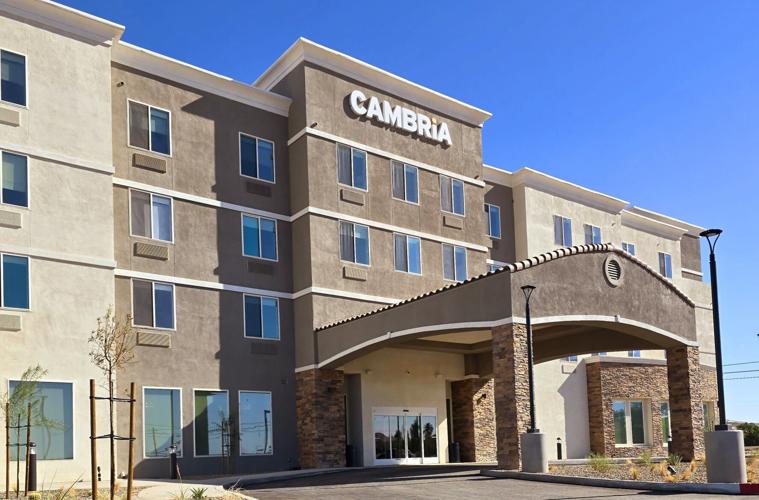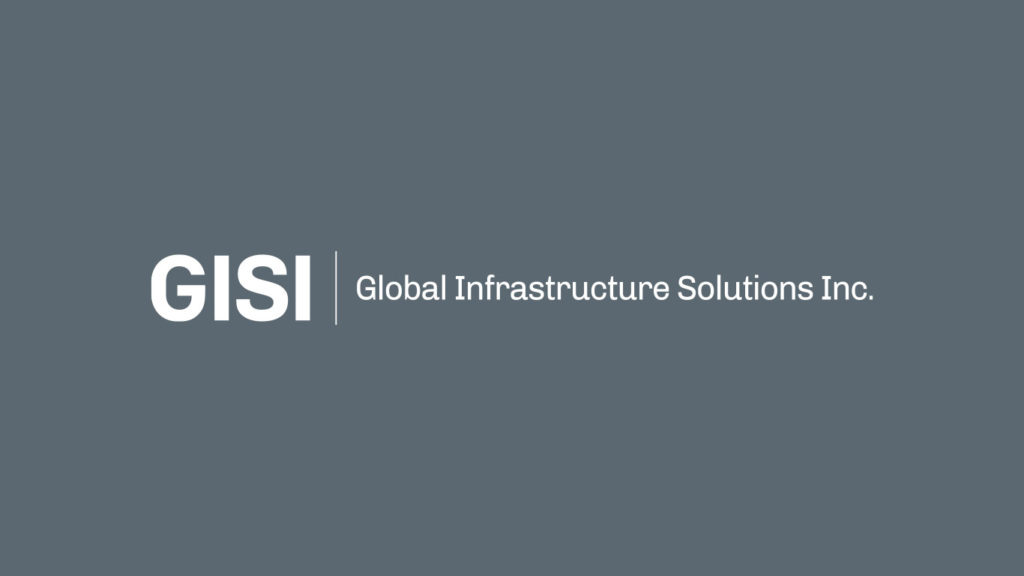10/23/17 – SD Business Journal - Reimagining the Urban Redevelopment Process
Commentary by Sean Olcott
Henry Ford called his first vehicle the “Quadracycle.” He completed it in 1896, when people gave the first iterations of cars names like horseless carriages, automotor horses, motor wagons, oleo locomotives and mechanical wagons.
It seems quaint to compare the automobile with things like bicycles, horses, carriages and trains, but it is human nature to perceive new things through the prism of what they are replacing. The real challenge is imagining what they could be.
Seaport San Diego (seaportsandiegoca.com) is a mixed-use urban redevelopment project on a 70-acre waterfront site owned by the Port of San Diego. It has a $1 billion-plus price tag, a complex entitlements process, and facility infrastructure that impacts a diverse array of stakeholders.
Managing megaprojects like this is exceedingly difficult even for the largest, most sophisticated experts in the industry. A study released by project management expert Bent Flyvbjerg in 2014 estimated that over 90 percent of all megaprojects (over $1B) go over budget.
And it’s not just megaprojects – the entire construction industry is infamously inefficient. According to a report released by the McKinsey Global Institute in February 2017, productivity gains in the world economy as a whole were nearly triple of those in the construction industry (2.8 percent vs 1 percent), and the gap with the manufacturing sector (3.6%) was even starker – resulting in an estimated $1.6T in waste.
Resistance to change and a limited capacity to drive innovation means that the way we plan, design and build projects is almost the same as it was 40 years ago when Seaport Village was last developed. However, better technology and proactive industry initiatives to address waste could deliver unprecedented efficiency gains.
Bearing that in mind, the same McKinsey report suggested that industry sector productivity can be improved by 50-60 percent.
Our charter is to find that value on the Seaport San Diego project.
Leveraging Technology
“If I had asked people what they wanted, they would have said faster horses.” –Henry Ford
His (probably apocryphal) quote illustrates a common challenge in the construction industry. Most new tools are applied within the framework of narrow requirements in supply chain silos, automating legacy manual processes and replicating analog data (e.g. paper) in digital form (e.g. pdf’s).
This perpetuates fragmentation and preserves sub-optimal efficiencies all the way through the value chain – while giving us the illusion of digitization and progress.
To avoid this trap, we have to re-examine how we do our work, and identify opportunities for process transformation with new tools.
Project Controls: To improve how we manage cost and schedule on the project we have mimicked a concept from the manufacturing industry called a “Digital Twin”, in which the physical asset is represented by a dynamic digital asset that can be simulated, analyzed, and managed using software. So now a line item in a Scope of Work document – previously stranded in a single PDF document – can be referenced against an estimate, a scheduled activity, a control account, a line item in a vendor invoice, the project Building Information Models (BIM) on the project, a location in a Geographic Information System (GIS) and even in physical objects through an Internet of Things (IoT) use case we will be piloting.
In limited implementations of this approach on prior projects we have found that it resulted in 15-25% fewer claims and 50% fewer change orders. We expect to exceed that by several orders of magnitude on Seaport with the new tools at our disposal.
Design Management: Our architects and engineers use design automation tools such as parametric 3D BIM software to improve visualization and generate their drawings more efficiently. We are also implementing emerging technologies that optimize design decision making through computational analysis of project requirements (such as energy performance) and constraints (such as costs). We have already been able to automate over 60% of our standard checks to ensure the design meets the project’s programming, design and code requirements.
Virtual Reality (VR) has also changed how we execute and manage the design process: instead of being hunched over a set of documents, or looking at highly stylized static rendered images, the team is able to dynamically interact with a 3-Dimensional, geospatially accurate representation of the design in an immersive environment.
Augmented Reality (AR) is further improving our ability to understand and convey the project. We can now view proposed design element through smart phones and tablets in a real-world setting on our site walks with our team, local stakeholders, and the agencies who will be evaluating and approving the design to move forward.
Construction Management: Contractors are the most innovative agents in the industry supply chain and we are maximizing their ability to innovate and deliver value on the project through processes, contracts and systems.
Their cost loaded project schedules are linked with 3D models to validate logistics planning and better identify construction risks. IoT technology will be used to track the arrival of materials and personnel on site, which will be incorporated into pay approval, labor compliance and safety management processes. Reality Capture technology can track work done with original projections and timelines.
The Lean Construction Institute has estimated that 60 percent of work done on site is not added value, and a McGraw Hill industry survey confirmed that over 90 percent of contractors increased productivity through pre-fabrication. We will be providing incentives to leverage modularization and additive manufacturing (e.g. 3-D printing) solutions.
Focus on the Horizon
It is worth remembering that the origin story of the automobile is one of transformational disruption. This is especially true now, as the car is reimagined in the age of Artificial Intelligence, Elon Musk, Uber/Lyft, climate change and urban migration.
The 21st century brings unique opportunities to solve many challenges that until now seemed intractable. But to do this we will have to resist the impulse to impose old concepts on new constructs, and instead prioritize understanding what these new tools mean in the present and what they could mean for the future.
To deliver on the Seaport project, we will need more than a faster horse.
Sean Olcott is Technical Director – Virtual Design and Construction at Gafcon Inc.

